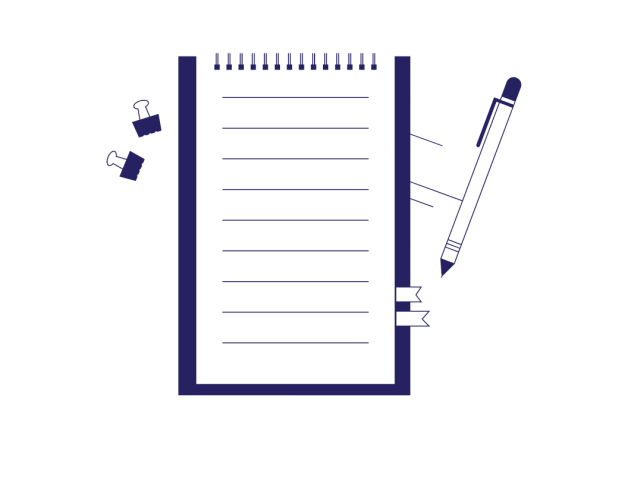
- 3-minute read
- 29th August 2023
How to Write a Conclusion for a Research Paper
If you’re writing a research paper, the conclusion is your opportunity to summarize your findings and leave a lasting impression on your readers. In this post, we’ll take you through how to write an effective conclusion for a research paper and how you can:
· Reword your thesis statement
· Highlight the significance of your research
· Discuss limitations
· Connect to the introduction
· End with a thought-provoking statement
Rewording Your Thesis Statement
Begin your conclusion by restating your thesis statement in a way that is slightly different from the wording used in the introduction. Avoid presenting new information or evidence in your conclusion. Just summarize the main points and arguments of your essay and keep this part as concise as possible. Remember that you’ve already covered the in-depth analyses and investigations in the main body paragraphs of your essay, so it’s not necessary to restate these details in the conclusion.
Find this useful?
Subscribe to our newsletter and get writing tips from our editors straight to your inbox.
Highlighting the Significance of Your Research
The conclusion is a good place to emphasize the implications of your research. Avoid ambiguous or vague language such as “I think” or “maybe,” which could weaken your position. Clearly explain why your research is significant and how it contributes to the broader field of study.
Here’s an example from a (fictional) study on the impact of social media on mental health:
Discussing Limitations
Although it’s important to emphasize the significance of your study, you can also use the conclusion to briefly address any limitations you discovered while conducting your research, such as time constraints or a shortage of resources. Doing this demonstrates a balanced and honest approach to your research.
Connecting to the Introduction
In your conclusion, you can circle back to your introduction, perhaps by referring to a quote or anecdote you discussed earlier. If you end your paper on a similar note to how you began it, you will create a sense of cohesion for the reader and remind them of the meaning and significance of your research.
Ending With a Thought-Provoking Statement
Consider ending your paper with a thought-provoking and memorable statement that relates to the impact of your research questions or hypothesis. This statement can be a call to action, a philosophical question, or a prediction for the future (positive or negative). Here’s an example that uses the same topic as above (social media and mental health):
Expert Proofreading Services
Ensure that your essay ends on a high note by having our experts proofread your research paper. Our team has experience with a wide variety of academic fields and subjects and can help make your paper stand out from the crowd – get started today and see the difference it can make in your work.






